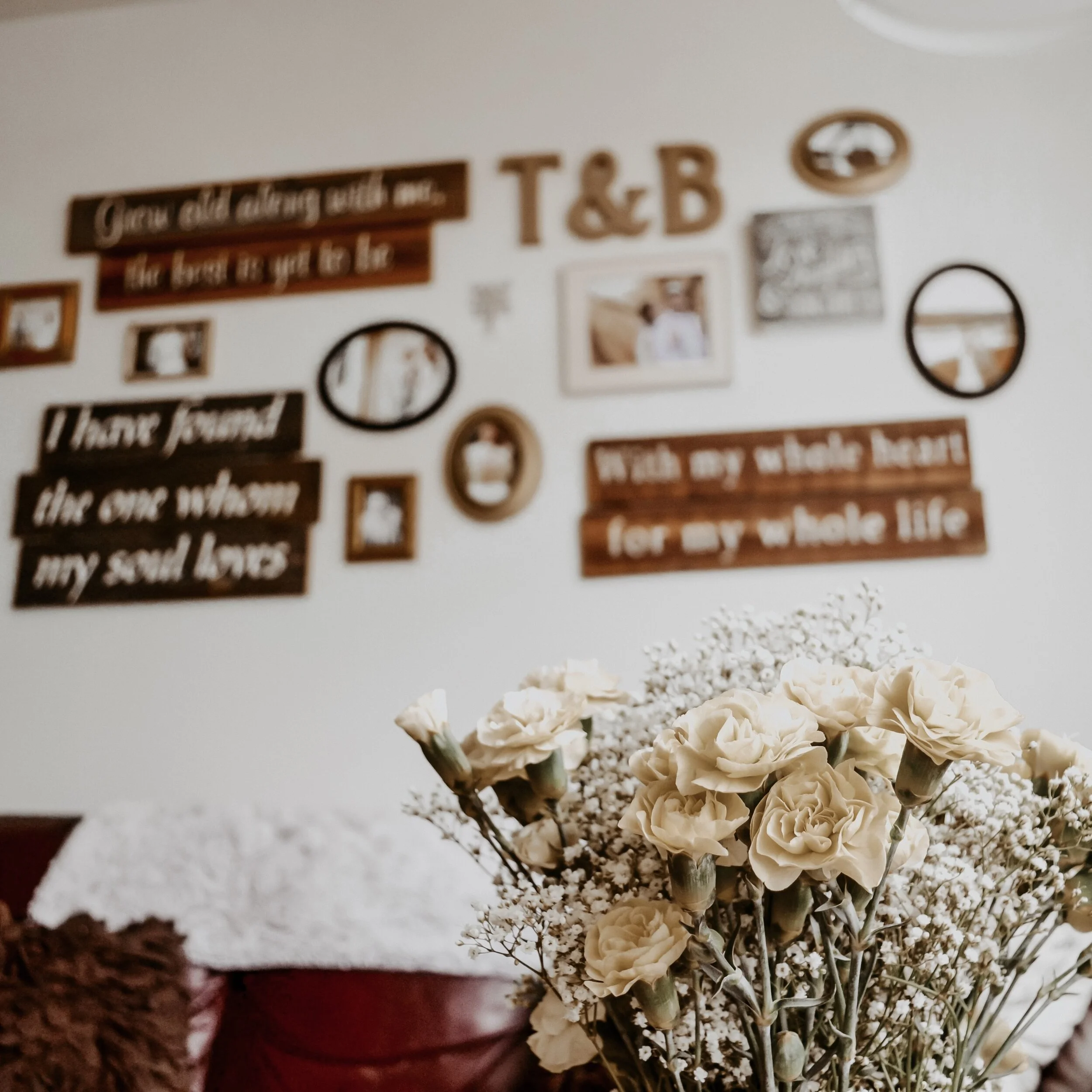Banana Oatmeal Bread Loaf
/I don’t know about you, but I’m obsessed with banana bread. Give me all the different variations and inclusions and I’m a happy gal.
So when I came across this recipe on Weight Watchers, I was stoked. Not only delicious, but healthy too? Is that even possible?
I’m here to tell you that yes, yes it is. This banana oatmeal bread loaf was cozy, dense, and filling, with such great flavor. I made it as part of my meal prep for the week and ate it for breakfast each day with an apple on the side. While it’s not too sweet, it is sweet enough to be a dessert if you’re into bread as dessert (*raises hand).
It was super easy to make — check out my video below for evidence! — and could not have been a more perfect repeatable, warm breakfast for the workweek on these chilly mornings we’ve been having.
If you wanna give baking this a try, check out the full recipe on Weight Watchers’ website.















